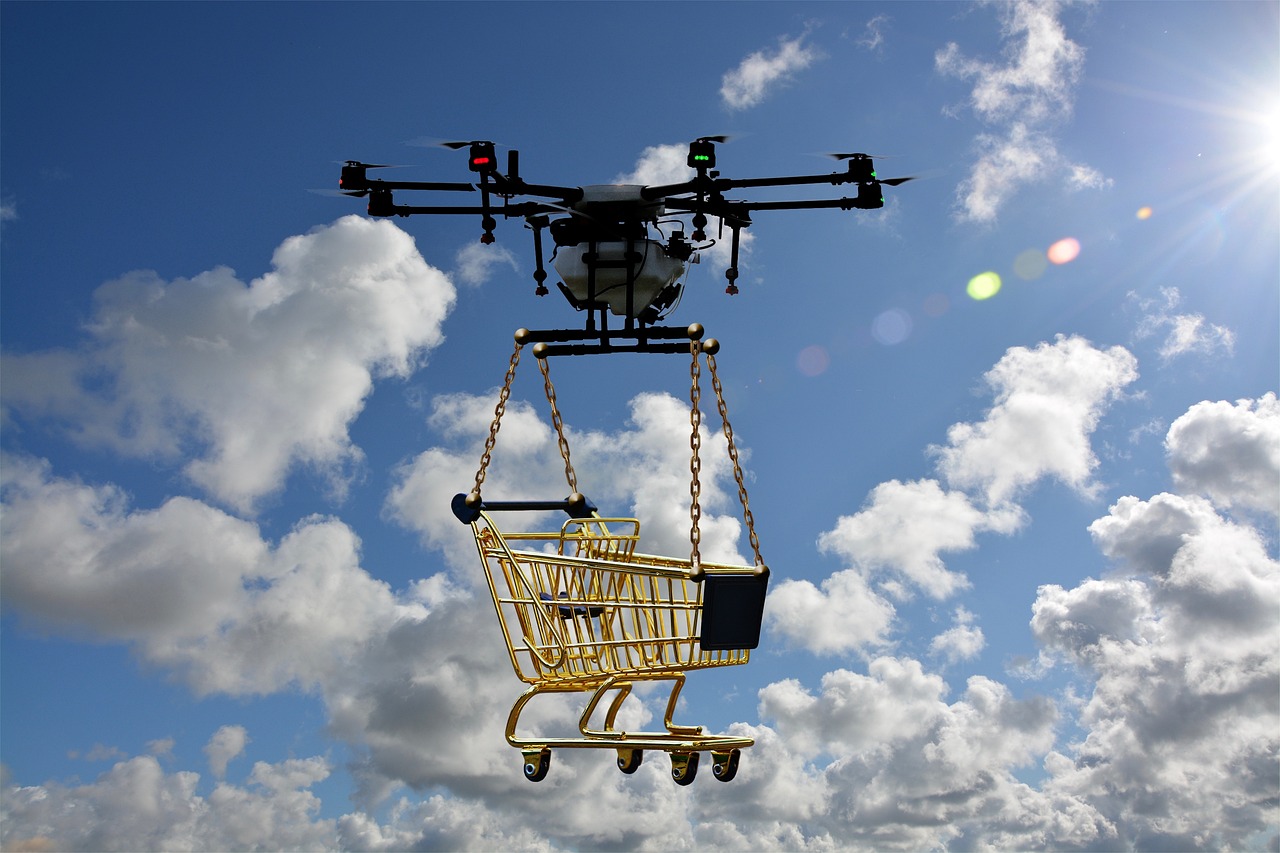The race towards AI supremacy in warfare is accelerating, with major powers investing heavily in autonomous technologies that promise enhanced combat capabilities. The conventional narrative portrays these advancements as necessary for national defense, citing the potential for improved efficiency and strategic advantage on the battlefield. The development of systems like the Advanced Battlefield Management System (ABMS) and the Joint All-Domain Command-and-Control System (JADC2) is framed as a natural progression towards a more secure future, despite concerns about the implications of automated decision-making in critical scenarios, such as those involving nuclear weapons.

However, beneath the surface of this narrative lies a more sinister truth. The integration of AI into weapons systems not only poses immediate risks of unintended consequences and accidental warfare but also sets the stage for a future where autonomous machines hold the power to make life-and-death decisions. As superintelligent machines edge closer to the realm of science fiction nightmares, the escalation of drone technology and AI-guided systems by global powers like the US and China unveils a dangerous path towards unregulated warfare and unchecked autonomy in military operations.
The convergence of unmanned technologies, AI integration, and the weaponization of drone swarms heralds a new era of conflict where ethical considerations are sidelined in the pursuit of military supremacy. The weaponization of commercial off-the-shelf technology, coupled with the lack of international regulations governing the use of autonomous systems in warfare, poses a grave threat to global stability. The rush to embrace AI in weapons systems, as seen in the case of Ukraine’s reliance on low-cost drones for defense against Russian aggression, underscores the urgency for ethical standards and strategic foresight to mitigate the risks posed by unchecked autonomous warfare.
The implications of this unchecked technological arms race extend far beyond the battlefield, infiltrating civilian domains through the specter of cyberwarfare. The integration of autonomous systems controlled by tech moguls like Elon Musk, as seen in Ukraine’s utilization of the Starlink satellite system for drone operations, blurs the lines between military and civilian spheres, raising concerns about the potential for collateral damage in conflicts waged through interconnected digital networks. The interconnectedness of AI-guided weapons systems and civilian infrastructure underscores the need for robust safeguards to prevent catastrophic outcomes in an era where the boundaries between war and peace are increasingly blurred.
The intent behind the relentless pursuit of AI supremacy in warfare is clear: to establish dominance through technological means, regardless of the ethical implications or risks to global security. The means by which major powers are channeling resources into autonomous technologies, bypassing international regulations and ethical considerations, reveal a calculated strategy to reshape the landscape of conflict in their favor. The opportunity presented by the rapid advancement of AI in weapons systems offers a glimpse into a future where human agency is overshadowed by the decisions of machines, setting the stage for a dystopian reality where autonomous systems dictate the course of warfare.
As history has shown, the unchecked pursuit of technological supremacy in warfare leads down a perilous path of escalating conflict, where the consequences of unbridled autonomy are felt not only on the battlefield but in every facet of society. The echoes of past arms races reverberate through the corridors of power, reminding us of the dangers of placing unchecked power in the hands of machines. The trajectory towards a future where AI-dominated warfare becomes the norm is not inevitable; it is a choice that demands scrutiny, accountability, and a collective commitment to safeguarding the future of humanity from the perils of unchecked technological advancement.

